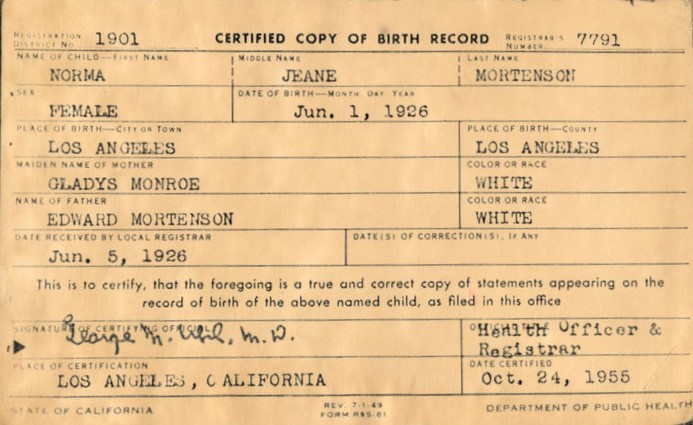
How to Use Kelly’s Directories for Genealogy and Family History Research
One of the oldest English directories is the London directory for 1677, held in the Guildhall Library in London. It demonstrates that directories have been in existence for several centuries, but, just as we have thrown away our out of date telephone directories, our ancestors have done the same with their directories. This means that those which survive are a treasured genealogical tool, often only found in major libraries and county archives. Kelly's Directory was originally known as the Kelly's, Post Office and Harrod & Co Directory, becoming Kelly's Directory Ltd in 1897. It was published in Britain and each town received a listing within its' county publication. This article will focus on one directory, Kelly's Directory of Kent 1930, revealing the wide range of information that can be sourced.
When you first turn the cover you know you are looking at a very special resource. A beautiful coloured pull out map of the county is included in wonderful detail showing towns, rivers, political/parliamentary divisions and coastal boundaries. The heading pages are elaborately detailed, providing the name, date, publisher etc. The 'Preface' follows giving thanks to the "clergymen, Magistrates Clerks, Registrars and other persons who have assisted their Agents in connection with the revision of the information for the present Edition" which is the 17th edition of this publication. An index of places follows followed by the Principal Seats in Kent, e.g. "Pett Place, Brig-Gen. Thomas Morton Stanhope Pitt J. P. see Charing p. 164."A list of advertisers both alphabetical and classified, can easily be checked to ensure you have not missed a vital genealogical source for a family business. The directory then proceeds to give a very detailed description of Kent providing information on the topography, the climate, travel, with great attention given to the railways and a short mention of the three main road links.
Historical information is provided on the Cinque Ports and some of the castles within the county. The ecclesiastical dioceses and parishes are included and this flows into a description of the court sessions and judiciary. Town population data is provided followed by a listing of all the Lathes with the places of which each is comprised. For a genealogist this provides clear and detailed information on the area/parish/hundred that an ancestor is living in. The information continues with the listing of each parliamentary division and the name of the relevant member of parliament, including information on municipal boroughs and urban councils. Military and Territorial information comes next drilling down to specific units such as Infantry - the Buffs, Royal Army Medical Corps and the Royal Army Veterinary Corps. From military records the directory moves to Hunting, namely fox hunting and lists each hunt. The listing includes the name of the hunt master, where the kennels are located, how many hounds there are, the hunting days and the nearest railway station for access. Chambers of Commerce followed by a list of each town's fair and market days leads to a detailed breakdown on the agricultural position of the county. This includes data on:
- Crops
- The acreage given to the crops
- Livestock including unbroken horses
- The number of each breed of animal
- Whether or not a cow was in milk
- Size of agricultural holdings e.g. 3, 138 individuals had more than 5 but less than 20 acres.
The next sections provide information the County Council, local councils, the Justices of the Peace and the constabulary. Here names and addresses are listed and this could reveal an occupation of an ancestor that was not previously known e.g. Charles W. Fitall was Superintendent for the Bearsted Division of the Constabulary. Finally, seven pages of geological information is given along with pencil sketches to enhance the readers' knowledge of their County. What follows is the treasure trove. Each city/town/village has its own listing starting with a brief section on history and geography. Location to London, railway station and railway links as well as public services are included. Also listed are:
- Council information
- Justices
- Guardians committee
- Places of worship
- Educational establishments
- Carriers
- Inns
- Private residents
- Businesses
- Day of early closing
If you find an ancestor you can find their address and their business and with so many names being mentioned it is not difficult. Once found, other trade directories can be consulted and their time at this address can be measured. Neighbours are also listed. With a census only taking place very ten years it is the directories that can fill the gap. Finally at the end of the directory come the advertisements. These give further information of the business owners, addresses and what they were selling. Many are for insurance such as fire insurance.
So where can you obtain a directory? As previously mentioned libraries and archives will hold some for the county. The Guildhall Library in London holds the whole collection. Some can be obtained through online subscription sites such as ancestry.co.uk and findmypast.co.uk. Wherever you might find a Kelly's directory, please take a look; learn about the county, how it was run and find how a wealth of history and people are waiting to be discovered.
Click here to receive help from an expert with your English genealogy research.




